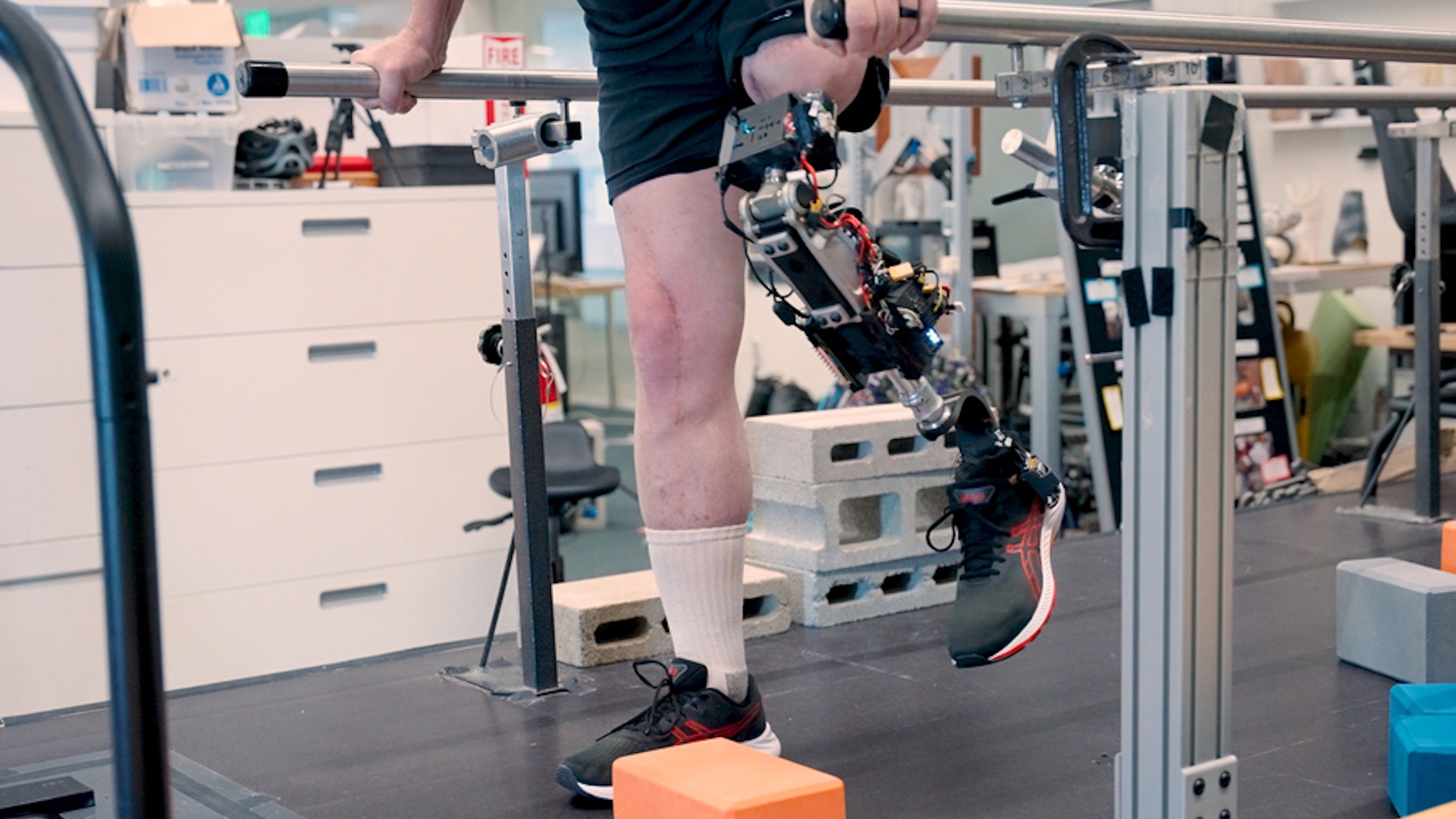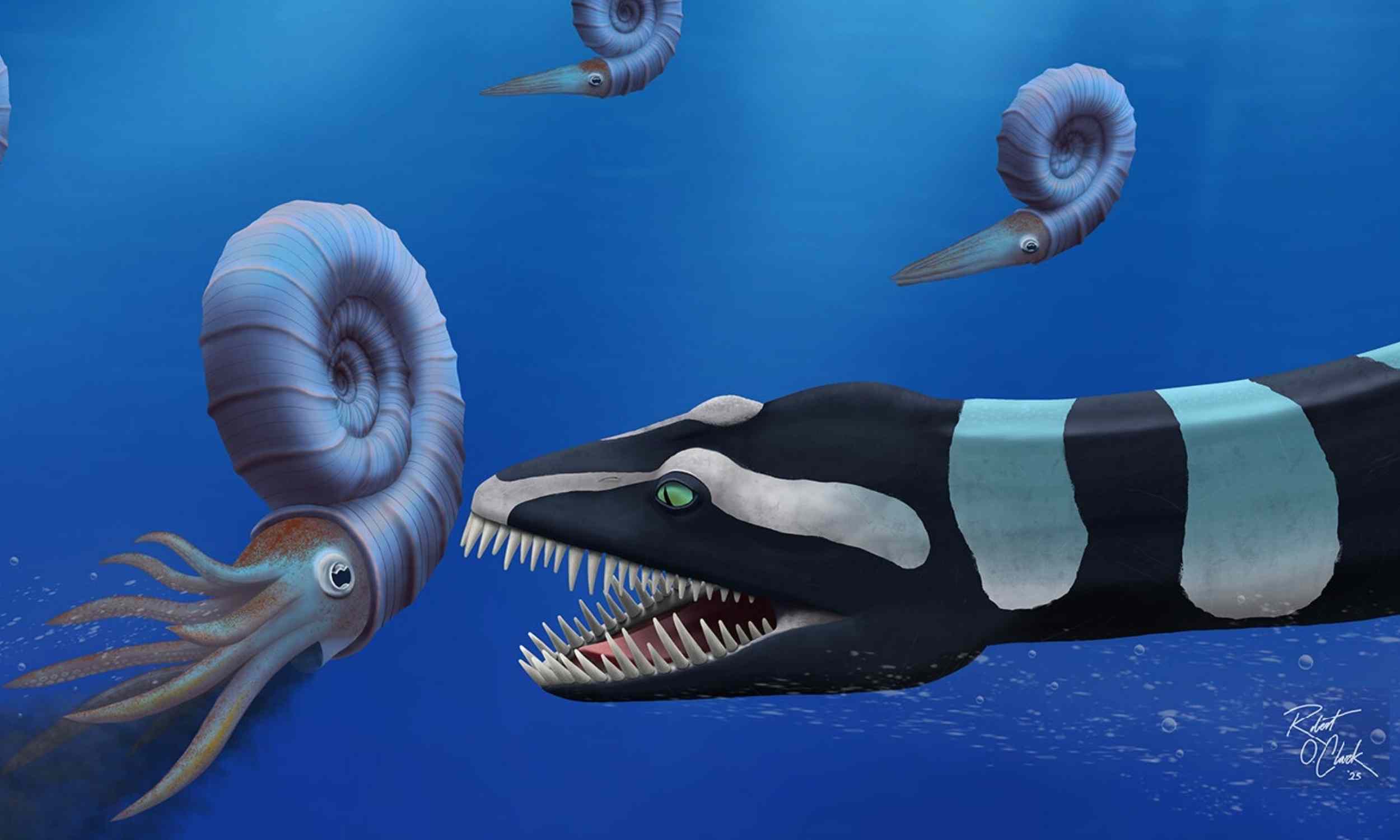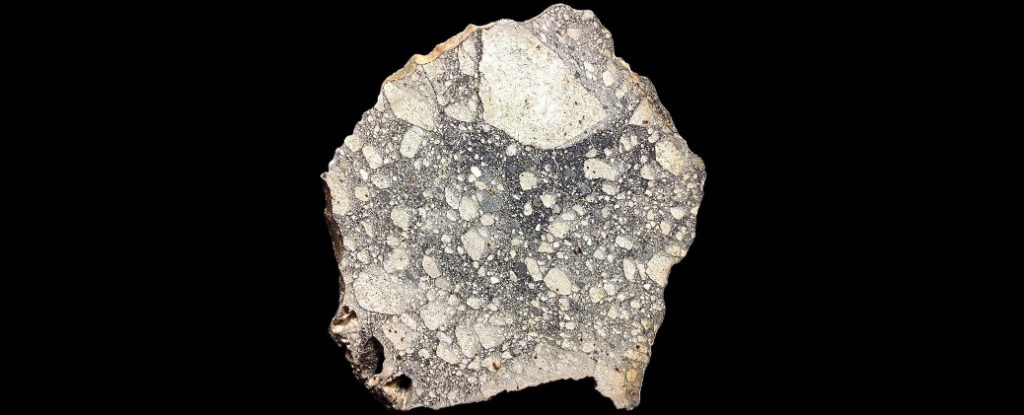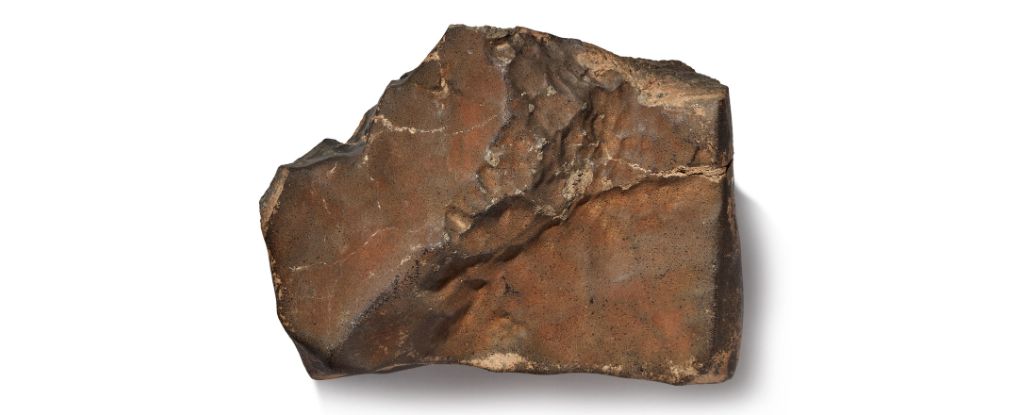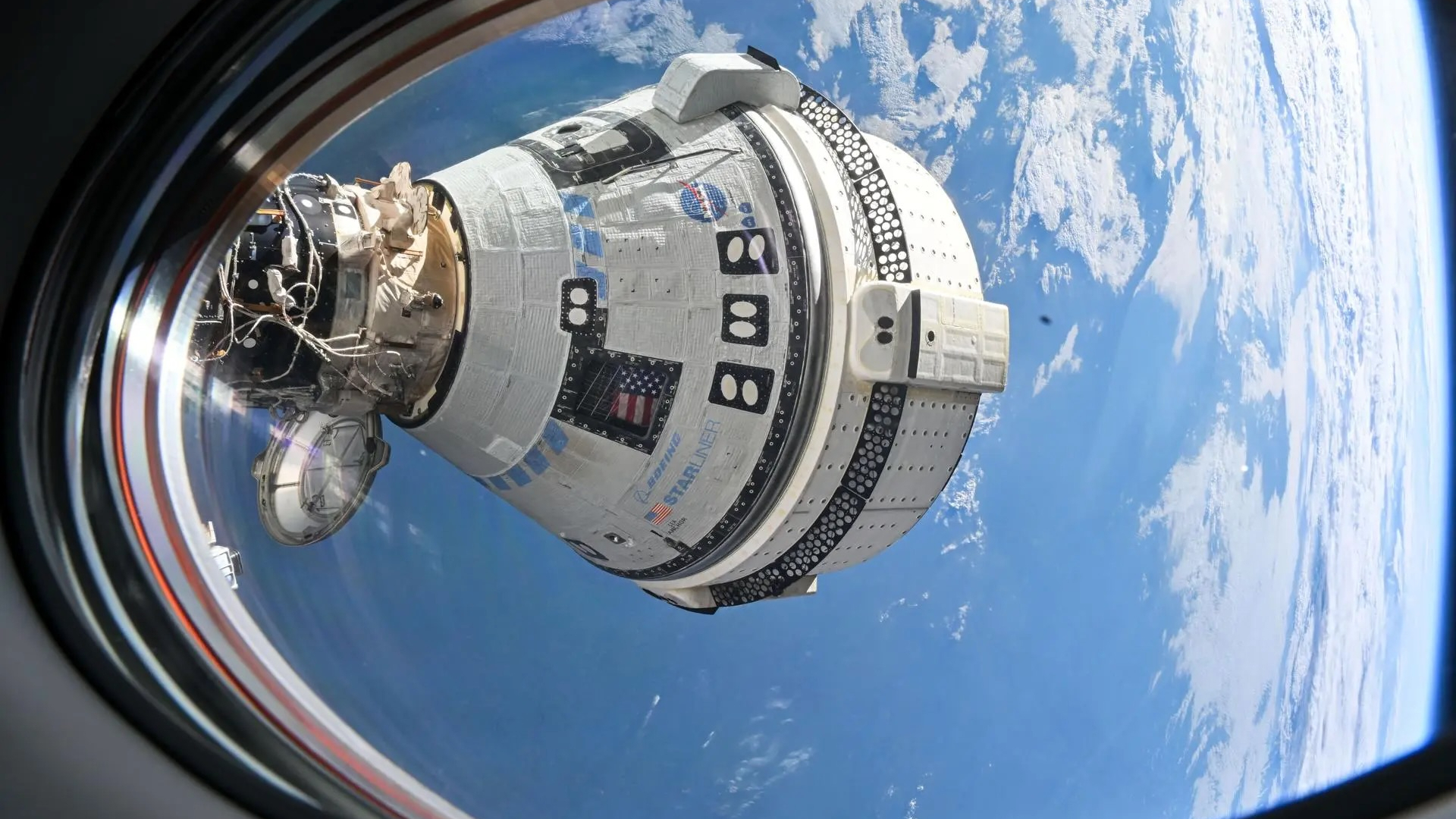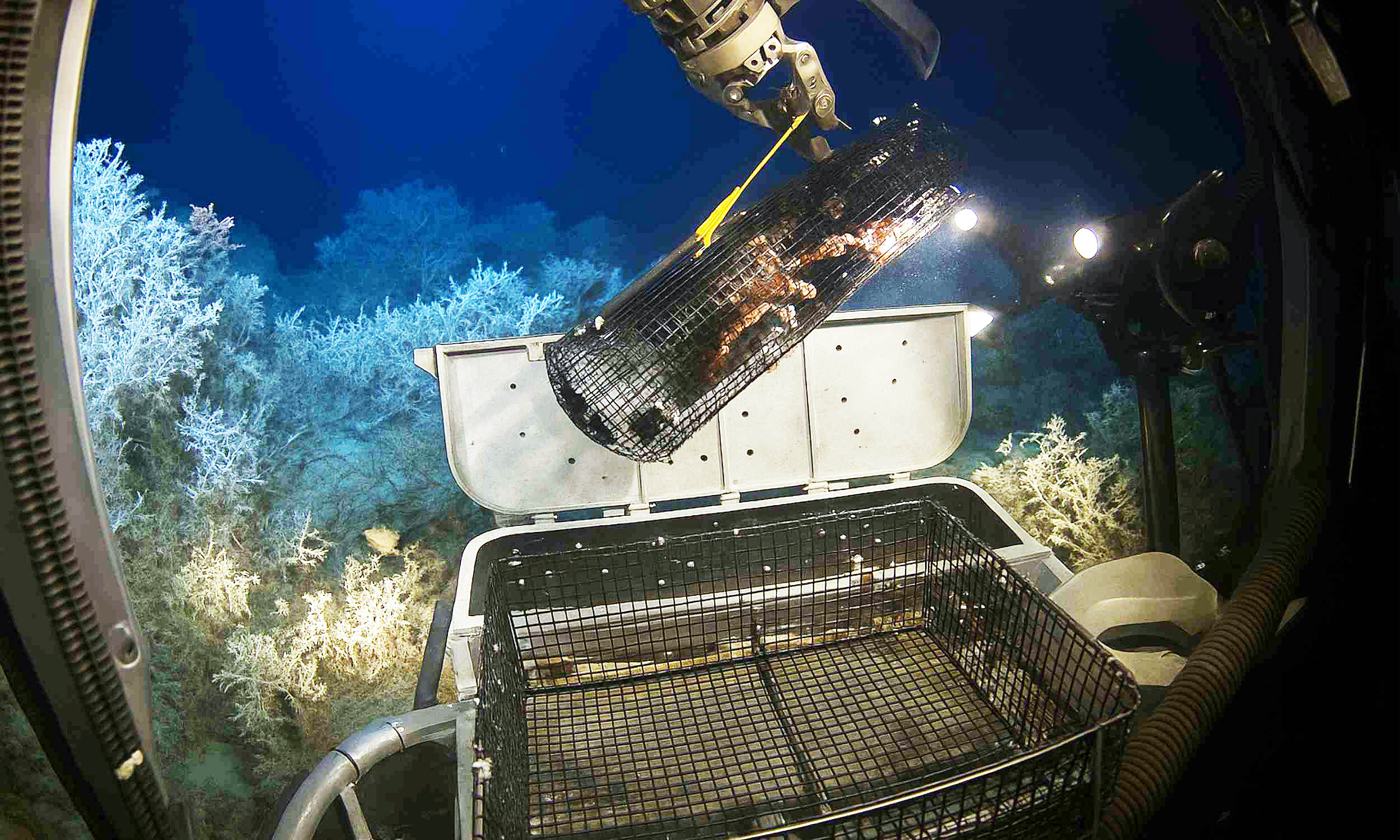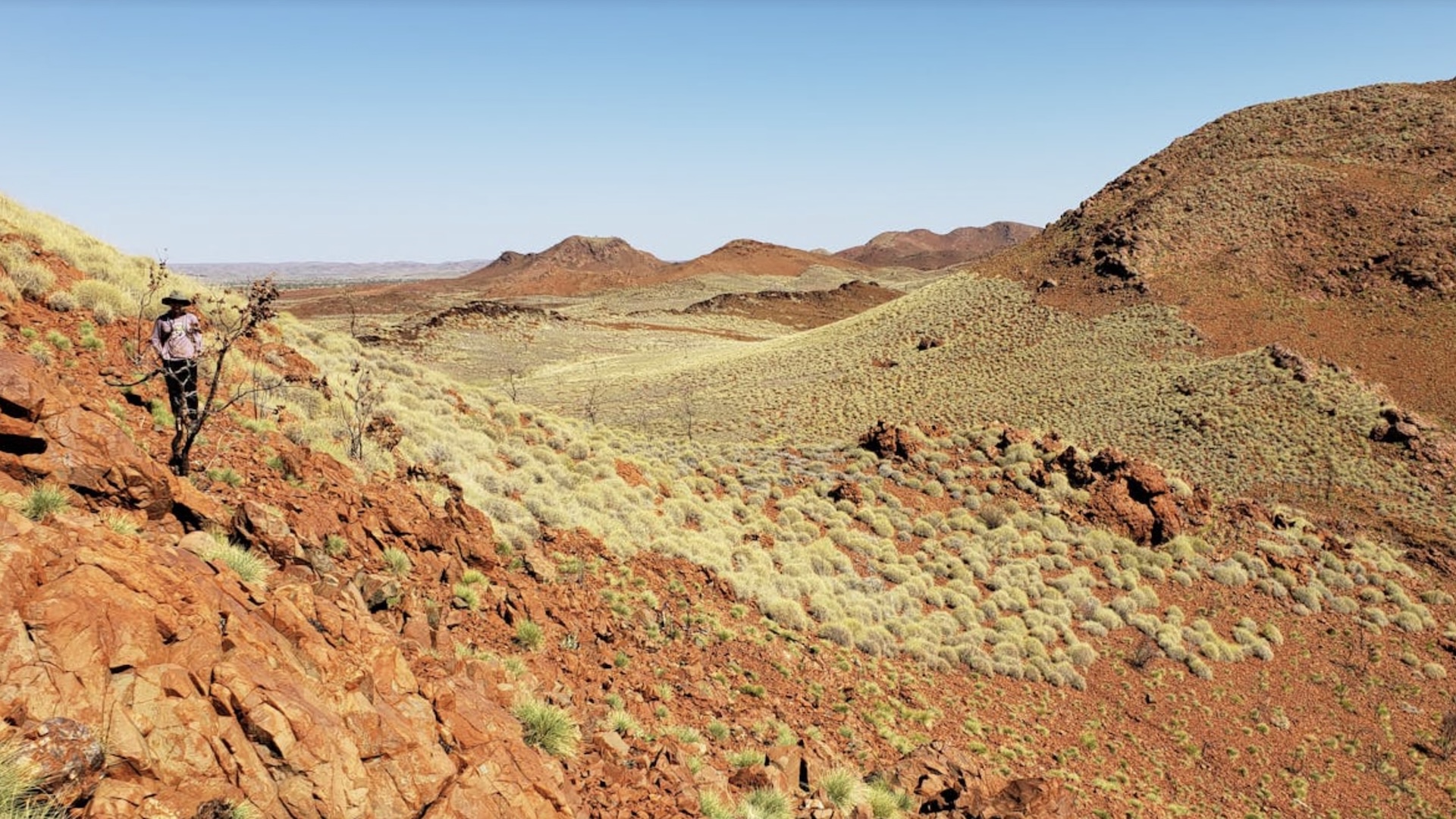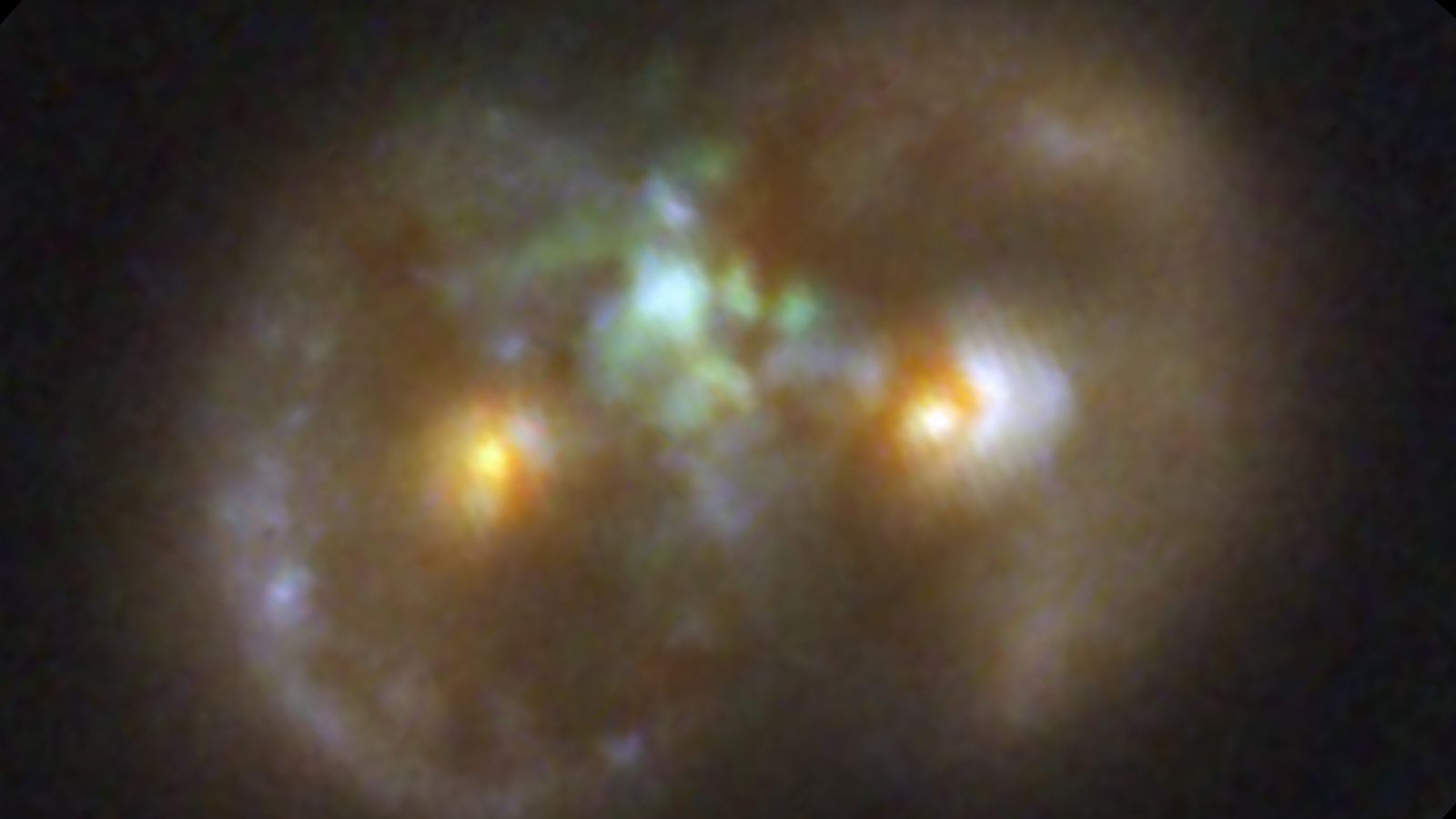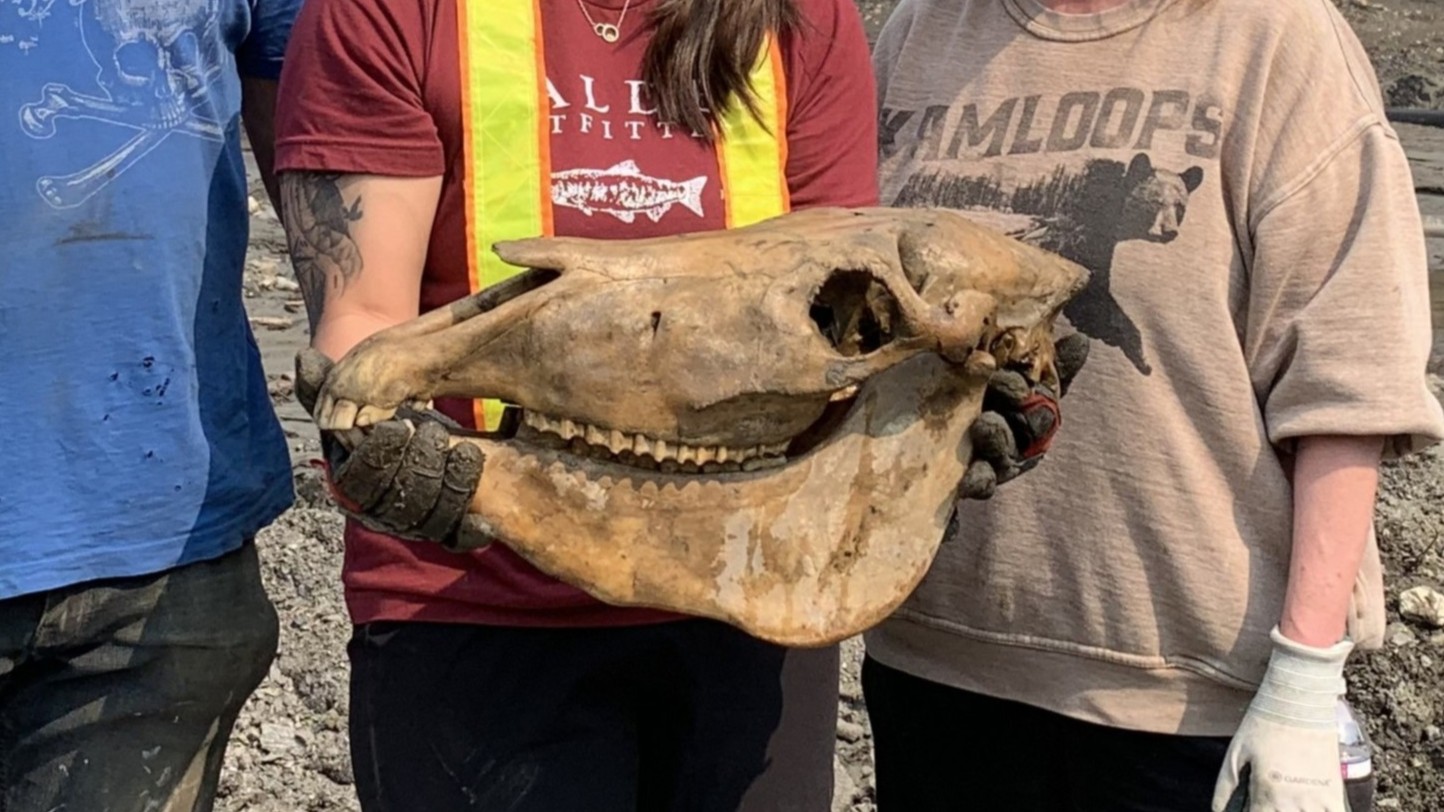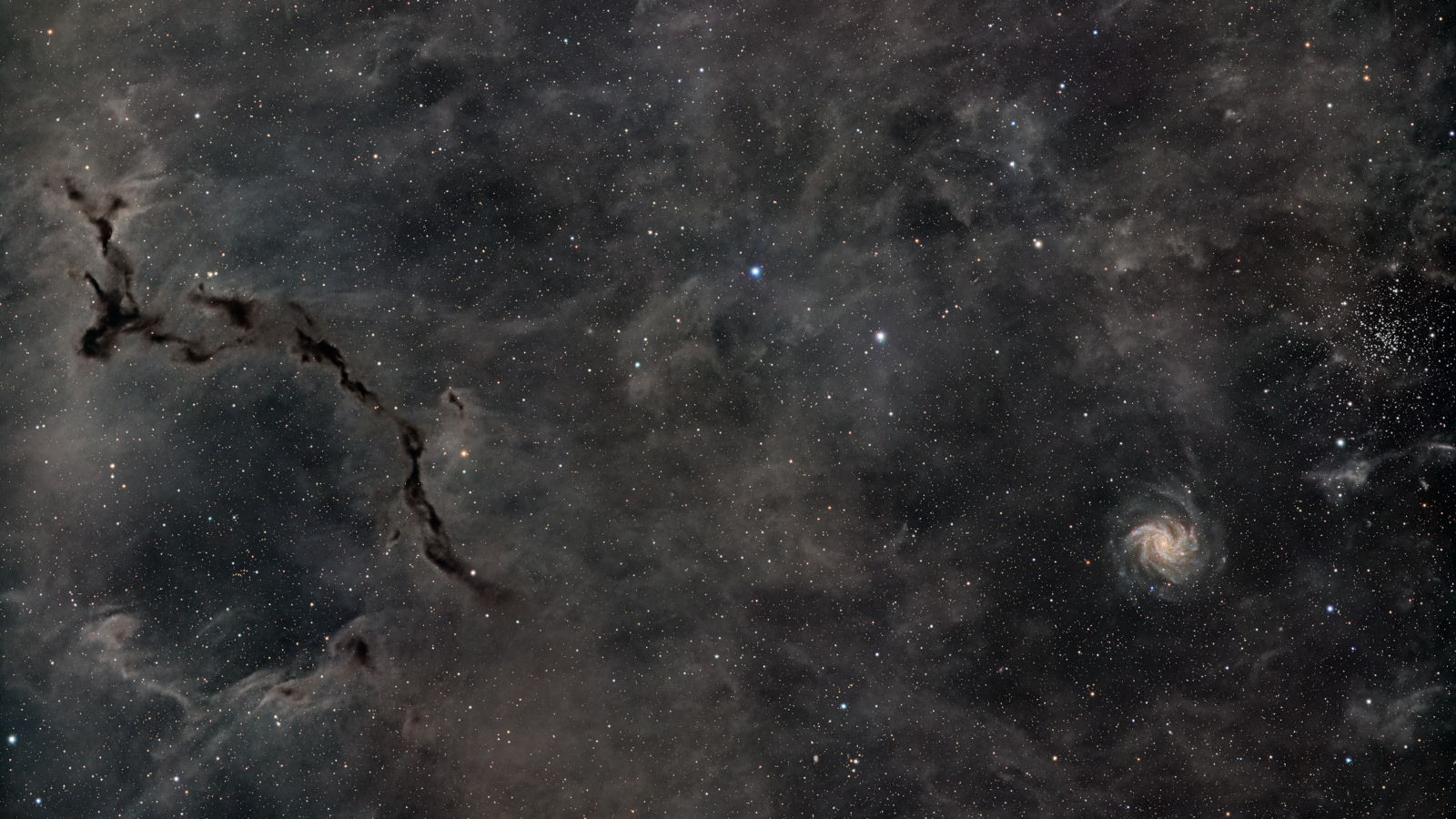Robots now grow and repair themselves by consuming parts from other machines
Today's robots are stuck—their bodies are usually closed systems that can neither grow nor self-repair, nor adapt to their environment. Now, scientists at Columbia University have developed robots that can physically "grow," "heal," and improve themselves by …
Tech Xplore (techxplore.com)
• Published 49 hours ago
(trending 1 hours ago)
• Viewed: 0
• Clicked: 0
Surfer Leaps Into Tidal Pool And Saves 'Puppy Dog Of The Ocean' Trapped Inside - The Dodo
Jason Breen is no stranger to wildlife encounters. As an avid surfer and water sportsman, he’s seen lots of marine animals around his home in Sydney, Australia. In fact, a few years ago, a humpback whale rocketed out of the water right in front of his board. …
Thedodo.com (www.thedodo.com)
• Published 48 hours ago
(trending 1 hours ago)
• Viewed: 0
• Clicked: 0
Another hole has formed at Yellowstone National Park, geologists say - ABC News
ABC News (abcnews.go.com)
• Published 47 hours ago
(trending 1 hours ago)
• Viewed: 0
• Clicked: 0
New bionic knee connects directly with muscles and bone to feel more like the user's body
A bionic knee that directly attaches to the thigh bone and uses implanted electrodes can make a prosthetic leg feel more like a part of the body, a new study finds.
Live Science (www.livescience.com)
• Published 31 hours ago
(trending 1 hours ago)
• Viewed: 0
• Clicked: 0
Very rare and predatory marine reptile identified as a completely new species
A new marine reptile from the Cretaceous period, Traskasaura sandrae, had an unprecedented vertical hunting style.
Earth.com (www.earth.com)
• Published 30 hours ago
(trending 1 hours ago)
• Viewed: 0
• Clicked: 0
Astronomers find giant hidden molecular cloud fueling star birth in Milky Way
An international team of astronomers has discovered a massive cloud of gas and dust located in a little-known region of our Milky Way galaxy. The Giant Molecular Cloud (GMC) is about 60 parsecs—or 200 light years—long.
Phys.Org (phys.org)
• Published 50 hours ago
(trending 3 hours ago)
• Viewed: 0
• Clicked: 0
Meteorite Discovery Could Fill Billion Year Gap in Moon History
A remarkable 2.35 billion year old meteorite found in Africa in 2023 has opened a new window into the Moon's volcanic history, filling a gap in our understanding of how Earth's closest neighbour evolved over billions of years.
ScienceAlert (www.sciencealert.com)
• Published 43 hours ago
(trending 3 hours ago)
• Viewed: 0
• Clicked: 0
Sold: Largest Mars Rock Exceeds Auction Expectations
The largest individual Martian rock ever found on Earth has sold at a Sotheby's auction for almost US$5.3 million, to an anonymous bidder.
ScienceAlert (www.sciencealert.com)
• Published 37 hours ago
(trending 3 hours ago)
• Viewed: 0
• Clicked: 0
'Doghouse' days of summer — Boeing's Starliner won't fly again until 2026, and without astronauts aboard
As NASA continues work to find a fix for the thruster issues that have afflicted Boeing's Starliner astronaut taxi, chances are high that the spacecraft's next mission will be uncrewed.
Space.com (www.space.com)
• Published 33 hours ago
(trending 3 hours ago)
• Viewed: 0
• Clicked: 0
Scientists report an unexpected accumulation of radioactive material in the Pacific Ocean
Scientists discover a radioactive spike of beryllium-10 (10Be) in Pacific Ocean sediments, revealing ancient climatic and cosmic events.
Earth.com (www.earth.com)
• Published 32 hours ago
(trending 3 hours ago)
• Viewed: 0
• Clicked: 0
Study raises major questions about Earth's 'oldest' impact crater
Scientists thought this crater in Australia was the world’s oldest — but an independent analysis shows they might be off by at least 800 million years.
The Conversation Africa (theconversation.com)
• Published 45 hours ago
(trending 1 hours ago)
• Viewed: 0
• Clicked: 0
Astronomers Discover Rare Object in Perfect Sync with Neptune’s Orbit
Astronomers have uncovered a rare object, 2020 VN40, moving in perfect sync with Neptune, revealing hidden secrets about the outer solar system and its mysterious dynamics.
The Daily Galaxy --Great Discoveries Channel (dailygalaxy.com)
• Published 45 hours ago
(trending 1 hours ago)
• Viewed: 0
• Clicked: 0
Astronomers Discover Potential Dwarf Planet Lurking Way Beyond Pluto
Named Ammonite, the distant object casts doubt on the existence of the elusive Planet Nine.
Gizmodo.com (gizmodo.com)
• Published 40 hours ago
(trending 1 hours ago)
• Viewed: 0
• Clicked: 0
Jumping spider's visual trickery can fool AI
Some jumping spiders look so much like wasps that scientists named them for the predatory insects.
Phys.Org (phys.org)
• Published 40 hours ago
(trending 1 hours ago)
• Viewed: 0
• Clicked: 0
NASA Sees Key Progress on Starlab Commercial Space Station
As NASA continues its transition toward a commercial low Earth orbit marketplace, an agency-supported commercial space station, Starlab, recently completed
NASA (www.nasa.gov)
• Published 46 hours ago
(trending 3 hours ago)
• Viewed: 0
• Clicked: 0
JWST finds unusual black hole in the center of the Infinity Galaxy: 'How can we make sense of this?'
"The biggest surprise of all was that the black hole was not located inside either of the two nuclei but in the middle. We asked ourselves: How can we make sense of this?"
Space.com (www.space.com)
• Published 45 hours ago
(trending 3 hours ago)
• Viewed: 0
• Clicked: 0
'Beautifully preserved' ice age horse skull unearthed in Yukon mine
New pictures taken in Yukon, Canada, show a perfectly preserved fossil skull, which experts say belonged to a male, teenage horse that lived during the last ice age.
Live Science (www.livescience.com)
• Published 44 hours ago
(trending 3 hours ago)
• Viewed: 0
• Clicked: 0
Astrophotographer captures galactic fireworks near the Seahorse Nebula in eerie deep-space photo
10 supernova explosions have been seen brightening the Fireworks Galaxy over the past century.
Space.com (www.space.com)
• Published 44 hours ago
(trending 3 hours ago)
• Viewed: 0
• Clicked: 0
2014 Nobel Prize idea used to reach super-resolution imaging, turning noise into data
A new method turns noise into valuable data to enhance understanding of chemical reactions and material properties with unprecedented detail at the atomic level. The results of this research are now published in Nature.
Phys.Org (phys.org)
• Published 43 hours ago
(trending 3 hours ago)
• Viewed: 0
• Clicked: 0
Mammals have evolved into ant eaters 12 times since the dinosaur age, study finds
Mammals have developed some unusual eating habits over the past 100 million years, but a new study has uncovered the surprising lengths to which some have gone to satisfy one of the more peculiar—a taste for ants and termites.
Phys.Org (phys.org)
• Published 41 hours ago
(trending 3 hours ago)
• Viewed: 0
• Clicked: 0


